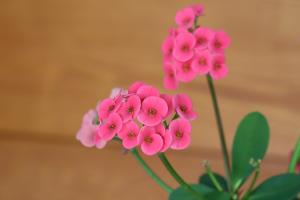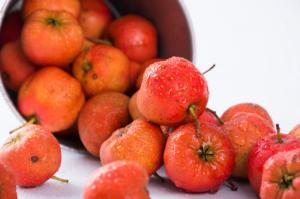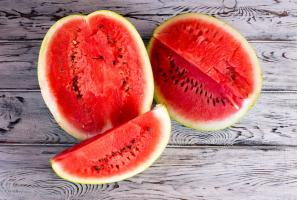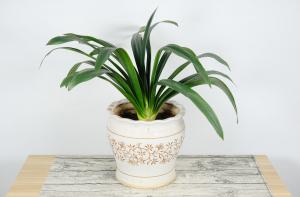1、 Soil:
It has strong adaptability and can be planted in most sections, but it is suitable to be cultivated in fertile and loose soil with good water storage and rich in organic matter
2、 Illumination:
Mud mustard likes warm and humid environment and is not resistant to strong light. When the sun is soft, it can receive light for a long time. When the light is strong, it is not conducive to the growth of mud mustard and needs shading
3、 Watering:
As a succulent root with strong drought tolerance, it is afraid of waterlogging and ponding. The watering times should not be too many, which is easy to lead to excessive moisture and rotten roots. Just keep the soil moist
4、 Temperature:
It has strong stress resistance, cold and drought resistance, very low overwintering mortality, and can grow normally under high temperature. There is no need to deliberately adjust the temperature during cultivation
5、 Pest control:
1. Diseases: the main diseases of mud Hu are leaf rust and root rot. They can harm the rhizomes and leaves of Nitraria, cultivate disease resistant varieties, disinfect the seedbed, or prevent and control by spraying metalaxyl, carbendazim and other drugs
2. Insect pests: the main pests of mud vegetables are aphids and Helicoverpa armigera. They will suck the juice of leaves, damage the leaves, affect the normal growth of plants, and spray 1-2 times with 800-1000 times of 90% beetle, which can effectively control their harm. p>

 jackfruit
jackfruit snake plant
snake plant hibiscus
hibiscus hydrangea
hydrangea lavender
lavender Green roses climb al...
Green roses climb al... If you don't pay att...
If you don't pay att... Management of four g...
Management of four g...

































